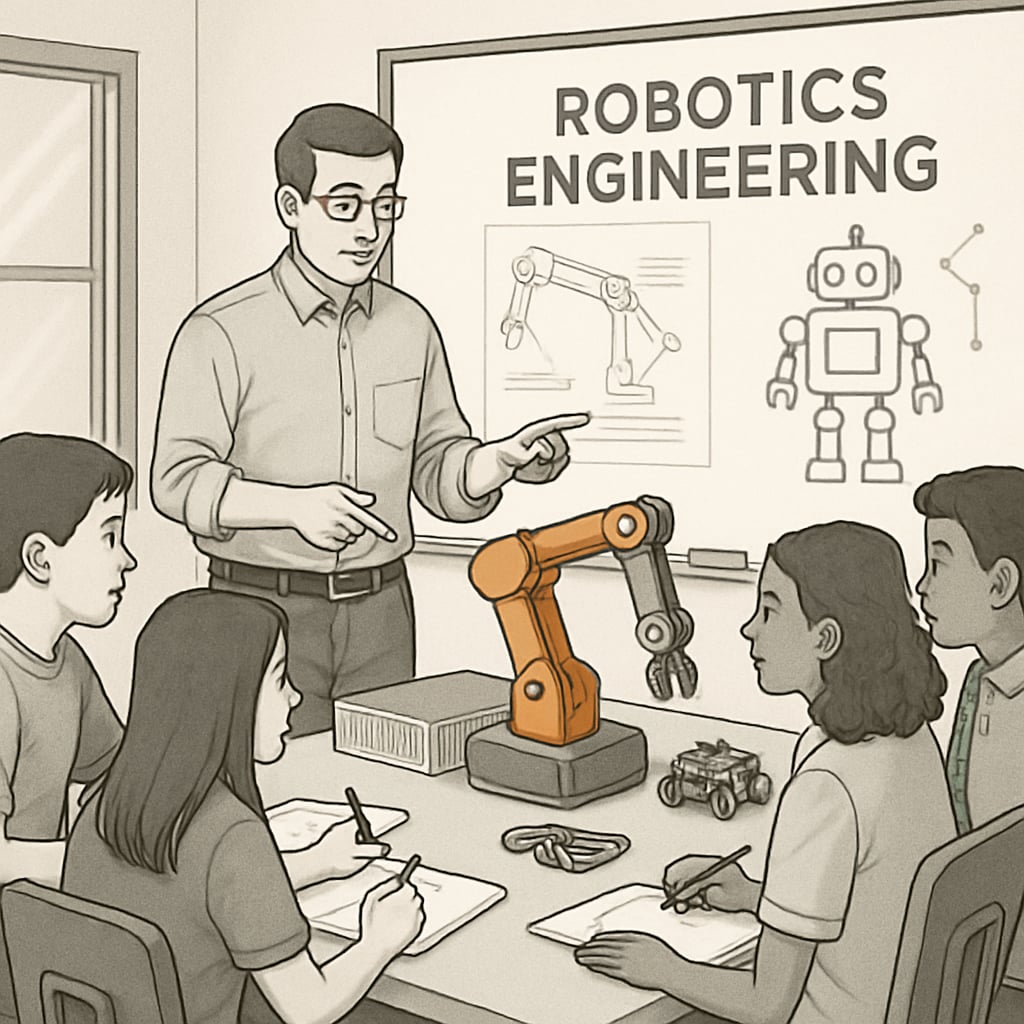Combining teacher education and engineering degrees, also known as pursuing dual degrees in education and engineering, is an ambitious yet increasingly popular choice for students passionate about both fields. These dual degrees provide a unique interdisciplinary skill set, opening doors to diverse career opportunities while addressing gaps in STEM education. In this article, we will explore feasible pathways for earning dual degrees in education and engineering, discuss their benefits, and identify potential challenges.
The Feasibility of Pursuing Dual Degrees in Education and Engineering
Pursuing dual degrees in education and engineering requires careful planning and dedication. Most universities offer structured dual-degree programs or allow students to design their own interdisciplinary paths. Here are three common approaches to achieving this goal:
- Integrated Dual-Degree Programs: Some institutions provide pre-established programs combining education and engineering. These programs typically streamline coursework and reduce the overall time required for completion.
- Double Major Option: Students can simultaneously major in education and engineering within the same undergraduate program. This option may require additional coursework but provides flexibility.
- Sequential Degrees: Aspiring professionals may first complete an undergraduate degree in one field and later pursue a master’s degree in the other. This approach offers depth in both areas but requires a longer commitment.

Career Opportunities for Dual Degree Graduates
Graduates with dual degrees in education and engineering are uniquely equipped to handle interdisciplinary roles. Here are some potential career paths:
- STEM Educator: Teaching science, technology, engineering, and mathematics (STEM) subjects in schools or universities while applying engineering expertise.
- Instructional Designer: Creating engineering-focused curricula or educational tools that enhance learning experiences.
- Engineering Trainer: Working in corporate environments to train professionals in engineering concepts and technologies.
- Research Coordinator: Leading educational research projects that integrate engineering practices.
These roles highlight the versatility of combining education and engineering knowledge, especially in addressing the growing demand for STEM educators and trainers worldwide. According to Britannica, STEM education plays a crucial role in fostering innovation and preparing students for the future workforce.

Challenges and Considerations
While the benefits of dual degrees in education and engineering are compelling, there are challenges to consider:
- Time Management: Balancing the rigorous coursework of two demanding fields can be overwhelming. Effective time management is essential.
- Additional Costs: Pursuing dual degrees may increase tuition and associated expenses. Scholarships or financial aid can help mitigate this burden.
- Interdisciplinary Balance: Finding synergy between education and engineering curricula can be challenging, especially when requirements overlap or conflict.
Despite these obstacles, the rewards of earning dual degrees are significant. Graduates become versatile professionals equipped for diverse roles in education, engineering, and beyond.
Conclusion: Unlocking Unique Career Potential
Pursuing dual degrees in education and engineering is a feasible and rewarding path for students passionate about both fields. By leveraging interdisciplinary skills, graduates can address modern challenges in STEM education, create innovative teaching methods, and excel in engineering-focused careers. Whether through integrated programs, double majors, or sequential degrees, this pathway offers unique opportunities to make a meaningful impact in society.
For more insights into STEM-related fields, visit STEM fields on Wikipedia.
Readability guidance: This article uses concise paragraphs, lists, and examples to ensure clarity and accessibility. Transition words like “however,” “in addition,” and “for example” help maintain flow throughout the content.


